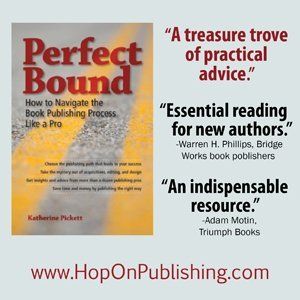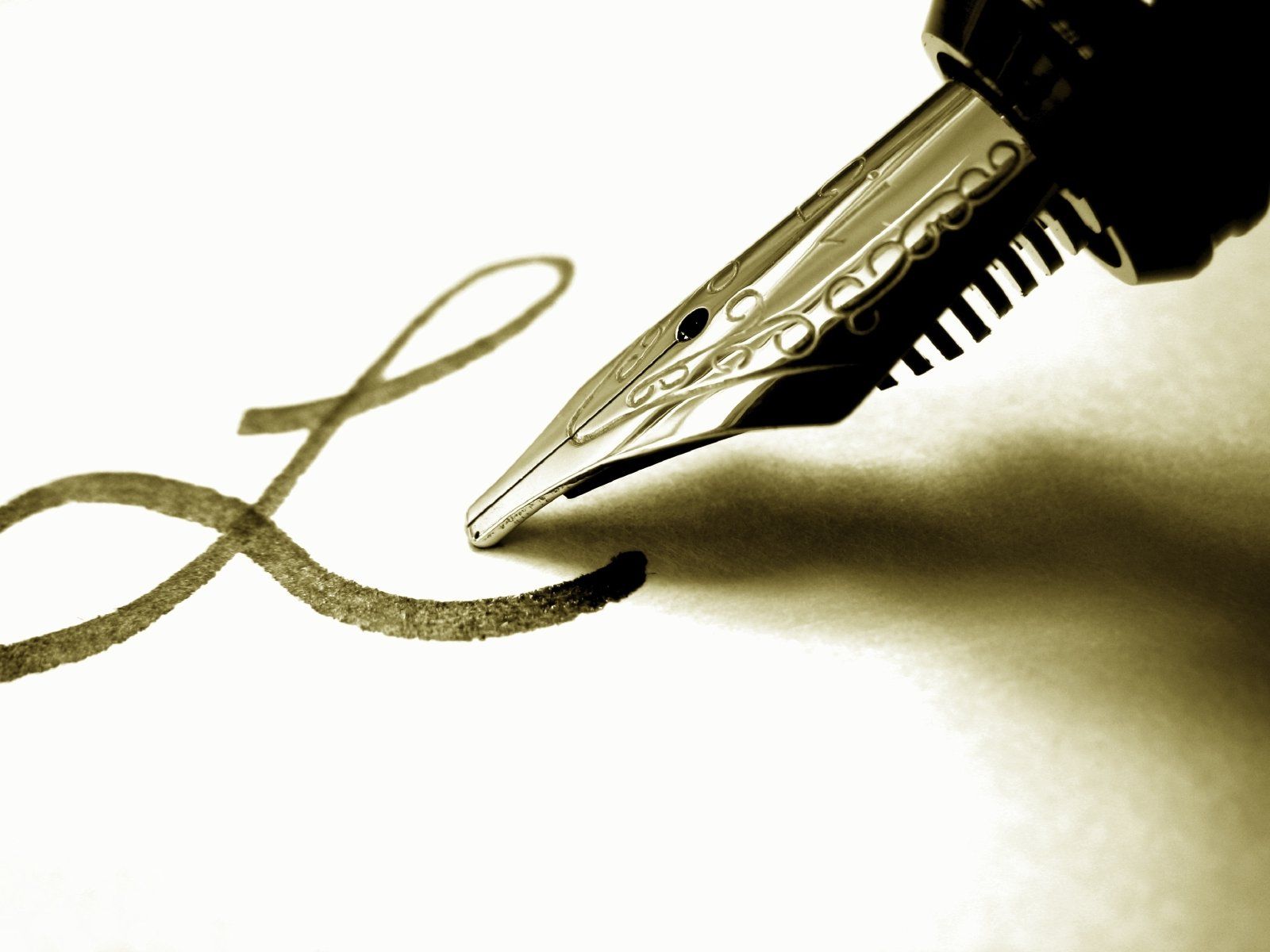The POP Newsletter
The Many Ways Artwork Alters the Cost of Your Book
Both publishing houses and self-publishers have a vested interest in controlling the costs of book production. Although artwork -- and by that I mean photos, illustrations, line drawings, charts, and graphs -- adds to the value of a book, it also can add significant time and cost. Why is that? Here are the biggest drivers:
- A major contributor to the cost of books with many pieces of artwork is the time it takes to ensure an attractive layout. Art-heavy books require a lot of manipulation during page layout so that the photographs and illustrations land near enough to the text that they belong with. Sometimes the text may need to be rewritten or captions revised in order to accommodate all of the artwork. By comparison, most fiction and other all-text books require much less manipulation, as there are fewer special elements to disrupt the flow of regular text.
- Photos and illustrations also require licensing. The cost of these licenses can vary from around $40 to upwards of $300 per piece. If you’re planning a different photo for each of the 20 chapters in your book, for example, that’s a serious cost consideration.
- If stock art is not appropriate for your book, you may have to research museum and library archives or hire a photographer or illustrator. In the case of hiring an artist, in addition to licensing you also have to pay an hourly rate or a flat fee for the artist’s time. Researching archives may not add monetary costs, but it does add time, which is an indirect cost.
- When artwork is introduced, another professional may also be introduced -- the image specialist. This is the person who scans any prints and verifies that the images are of high enough quality. If there is no dedicated image specialist, this job falls to another player in the book production process, and the time for that person to do the work is added to the cost of the book. Publishing houses may have the production editor or layout artist perform these tasks. A self-publisher may have to do it themselves.
What This Means to You
Okay,
so having photos and illustrations adds money to your project. What does that
mean for you as the author? Well, a couple of things.
For self-publishers it means having to factor the extra money into their budget. They will use their budget to find the balance between how much to charge for each book and how many books they will need to sell to recoup the investment. The added time must also be factored into the publication date. Copyediting, layout, and proofreading all take longer when a book has a large art program.
Those
seeking a traditional publisher need to be able to say why this artwork is
needed and why the cost is justified. Some types of books simply require photos
if they are going to be successful.
For example, a cookbook with photos sells much better than one that without them. Depending on the target audience, children’s books usually require artwork also. The publisher, however, may want the author to provide and/or pay for said artwork. (Providing means either creating it yourself or hiring and paying a professional.)
But never fear, you have options for saving money.How to Save Money on Artwork
When planning the art program for your book, the first question you should ask yourself is, does your book require artwork? If the answer is yes, the follow-up question is how much artwork does it require? Not surprisingly, having a handful of photos will take less time and cost less money than a book with many pieces of art or many kinds of artwork. If you can achieve the same effect with less, then use less.
Another question to ask is, do the photos and illustrations need to be in color, or will black-and-white accomplish the same goals? Color photos require premium paper in order for them to reproduce properly. Is the value that color photos add to your book equal to or greater than the expense of including them?
Finally,
ask yourself, do the photos need to be placed throughout the book, or could
they be gathered together and placed in the middle of the book? This alternative
to a full art program, called a photo insert, is becoming more and more popular.
A happy compromise on cost and readers’ expectations for photographs, a photo insert is the 8 or 16 pages of photographs you see dropped in the middle of a book. This feature is cheaper than having photos placed throughout the book because (1) you only have to pay for a few sheets of specialty paper and (2) layout does not have to accommodate the images, yet you still get to have your photos. Perhaps an insert is right for your book.
Traditional inserts aren't available through many print-on-demand companies. That means you might not be able to get the special glossy paper. You would, however, be able to arrange the photos on a few pages and avoid the layout challenges of having the photos placed throughout the book.
Whichever choices you make for your art program, the most important thing is to be sure you are making educated decisions. Determine what you need, calculate what your budget can handle, and find the solution that works best for you.
Like this blog?
Find more insights and advice in Perfect Bound: How to Navigate the Book Publishing Process Like a Pro, available from POP Editorial Services LLC, Amazon, Barnes and Noble, Kobo, and other fine retailers.





